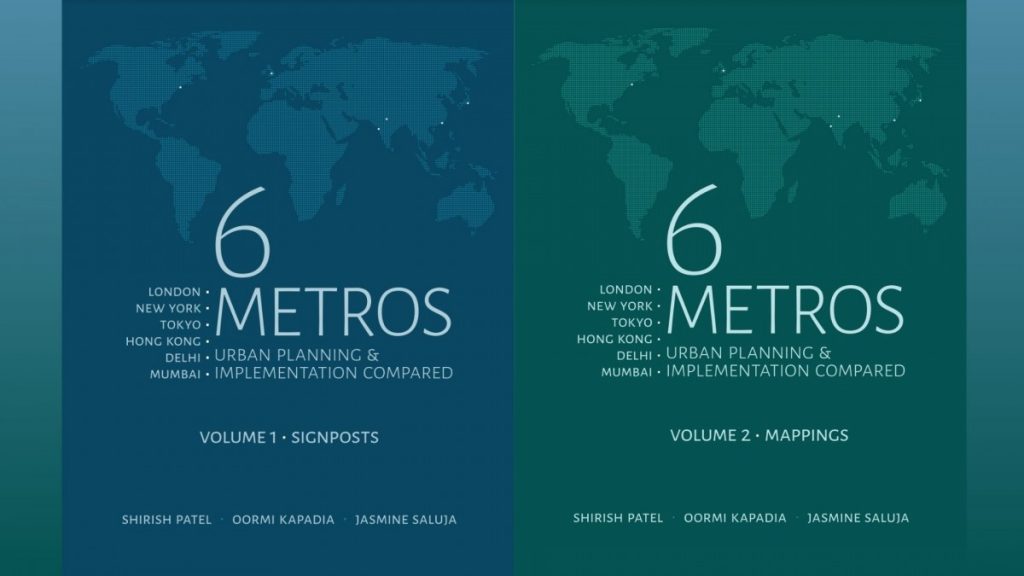A new, well researched book by three architects and activists shows what Mumbai can and should learn from other cities. https://thewire.in/books/lessons-for-mumbai-land-six-metros
In 2003 the pro-corporate think-tank Bombay First commissioned the international corporate consulting firm McKinsey and Company to prepare a ‘comprehensive vision’ for Mumbai to help it achieve the status of a ‘world class city.’ The idea was to compare Mumbai with other international cities and chart out a plan for development for the next ten years.
McKinsey’s recommendations cherry-picked examples from around the world to buttress a pro-privatisation, consumption led growth agenda, with no regard for the consequences on the city’s workers, housing poor and the environment. But to assume that any comparison with other cities is illegitimate is itself a form of conservatism. There are lessons one can learn from other cities, provided we are conscious of their value and appropriateness to our own contexts.
This is the purpose of a new book, titled 6 Metros, authored by Mumbai’s highly acclaimed urban planner Shirish Patel – who incidentally was behind the ‘world-class city’ of Navi Mumbai built in the 1970s – along with architects and urban designers Oormi Kapadia and Jasmine Saluja.
6 Metros is a voluminous account of how six different cities of comparable size (London, New York, Tokyo, Hong Kong, Delhi and Mumbai) have evolved methods to address their urban development goals. These methods include institutional aspects of the planning process, implementation, land acquisition and regulation; issues of land allocation and development intensity in the form of land use, transit, housing, social infrastructure (open spaces, health, education, social amenities) and density; and experiential dimensions of the city that are shaped by guidelines that shape urban form and fabric.

05/02/2024
